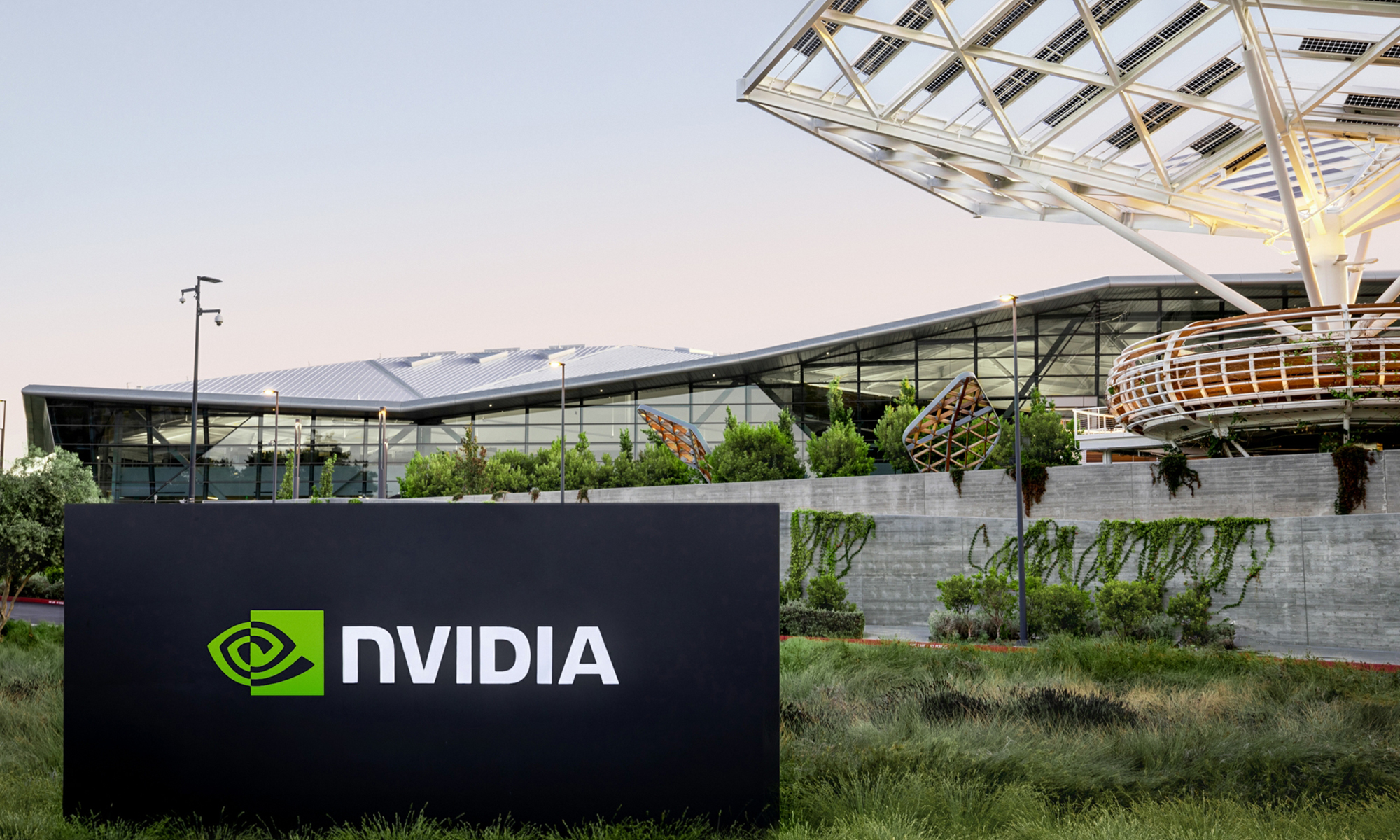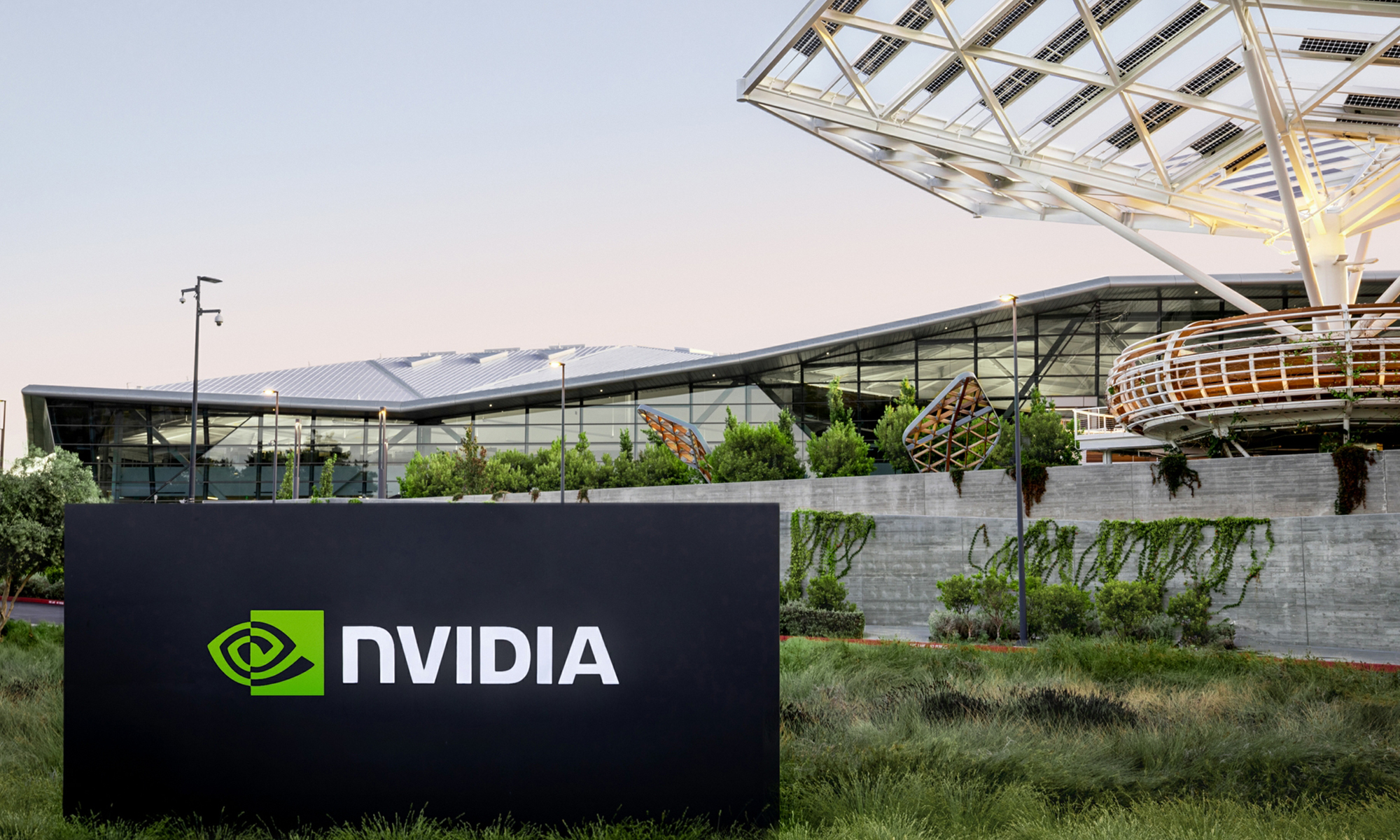NVIDIA's (NVDA +3.80%) gaming business is a mess. The graphics card specialist's revenue from its video gaming segment, which supplies just over 47% of the company's total revenue, fell nearly 39% year over year during the first quarter of fiscal 2020, denting its overall performance.
NVIDIA's graphics card business has failed to recover in the aftermath of the cryptocurrency bubble that popped last year. Since then, GPU (graphics processing unit) prices and demand have failed to recover, as the company's latest results show.

Image Source: Getty Images
NVIDIA believes that the worst is over...
According to market research firm Jon Peddie Research, demand for PC graphics cards was down 20% in the final quarter of 2018. This massive decline was a result of excess channel inventory in the aftermath of the crypto bubble.
Cryptocurrency miners lapped up graphics cards in hordes at the height of the bubble, causing a supply shortage that led to higher prices. But once mining currencies like bitcoin became less profitable and alternative mining hardware hit the market, these miners started dumping their chips at lower prices. This dented the demand for new graphics cards, as gaming enthusiasts could simply buy used graphics cards at a discount.
The good news: NVIDIA believes that the worst is behind it. Responding to a query during the latest earnings conference call, CFO Colette Kress said:
"When we look at our overall inventory in the channel, we believe that this is relatively behind us and moving forward that it will not be an issue. Going forward, we will probably reach normalized level for gaming somewhere between Q2 and Q3..."
NVIDIA expects revenue of $2.55 billion this quarter, translating into an annual revenue decline of nearly 19%. Given that the company's top line crashed close to 31% last quarter, this is definitely progress.
But then, the company hasn't reaffirmed its full-year guidance, leaving a shadow of doubt regarding the sustainability of NVIDIA's recovery. This isn't surprising, as a recovery in GPU demand might not be as smooth as NVIDIA expects. A variety of factors could still cause problems, the biggest one being the changing preferences of gaming enthusiasts.
...but gamers are moving away from PCs
Jon Peddie Research has found that the sales of non-PC gaming machines have increased of late, and the trend could continue in the coming years. The market research firm forecasts that as many as 20 million PC gamers could move to TV gaming platforms, including gaming consoles.
The firm cites various reasons behind this shift. For one thing, better television displays, console-exclusive titles, and improved gaming performance could encourage gaming enthusiasts to shift away from PCs. In fact, that shift is already happening: Sales of console games grew 15.2% in 2018, compared to just 3.2% growth in PCs according to Newzoo.
Moreover, next-generation consoles from Sony and Microsoft are expected to hit the market next year. As a result, the weakness in the PC graphics cards market could persist if gamers delay their GPU purchases and wait for the new consoles to arrive.
What's more, both Sony and Microsoft are rumored to be using semi-custom chips from Advanced Micro Devices for their next-gen gaming platforms. This means that NVIDIA will miss out on the shift from PC gaming to console gaming, and also suffer on account of weak GPU demand.
So NVIDIA's graphics card business faces a long and tough path toward recovery. The company is already behind on the product development curve in the GPU market compared to AMD, and it looks like its troubles won't be ending anytime soon.
As such, NVIDIA investors shouldn't harbor hopes of the stock price moving up until and unless there is a concrete turnaround in the gaming business. And that seems uncertain right now.









